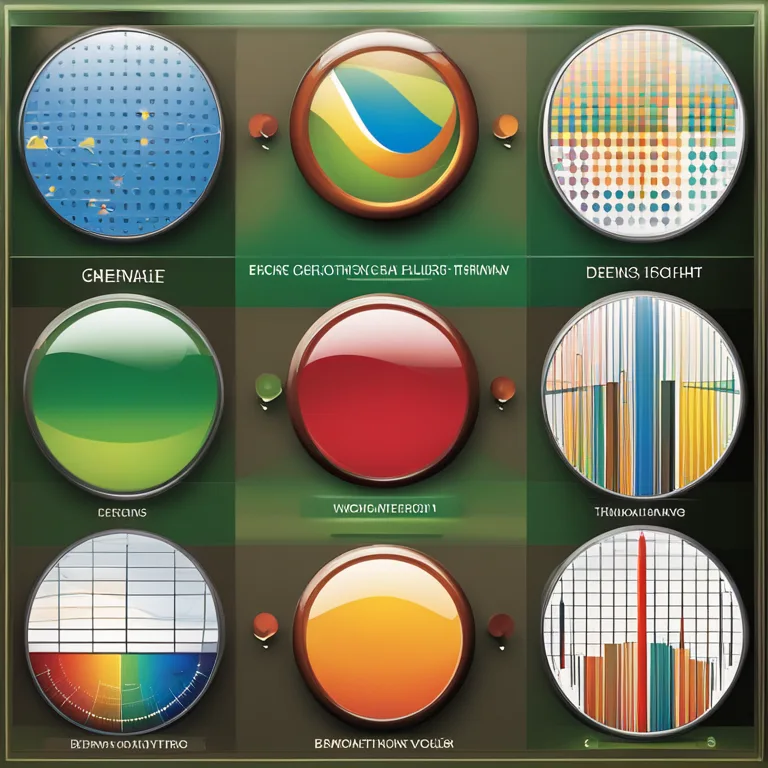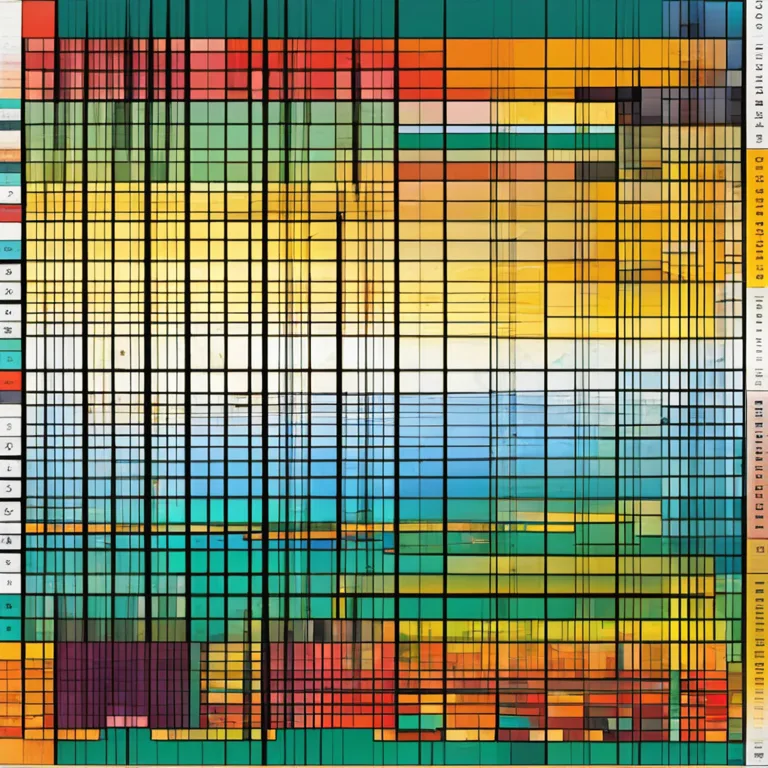
The Origins of Biorhythms
Delve into the history of biorhythms to understand how this concept took shape and has influenced our perception of physical, emotional, and intellectual cycles.
article by Adrian Wallace
Defining Biorhythms
When discussing biorhythms, we refer to the belief that our lives are influenced by rhythmic biological cycles. Proponents suggest that understanding these patterns can provide insights into our physical, emotional, and intellectual wellbeing. The concept posits that by charting these cycles, it is possible to predict fluctuations in one's capabilities and make informed decisions to harmonize with these natural rhythms.

Historical Foundations
Biorhythm theory finds its roots in the late 19th and early 20th centuries with the work of scientists such as Hermann Swoboda and Wilhelm Fliess. Swoboda, a psychology professor, and Fliess, an otolaryngologist, independently proposed the idea that human life is governed by a series of inherent rhythms. Although their scientific methods faced skepticism, they laid the groundwork for the contemporary interpretation of biorhythms.

Evolution of the Concept
The popularity of biorhythm theory peaked in the 1970s with the advent of computing technology, which facilitated the easy calculation of individual cycles. Researchers and enthusiasts alike started to explore potential links between these cycles and various aspects of daily life, such as performance, health, and interpersonal relationships. Although mainstream science has not validated these theories, the interest in biorhythms continues to persist in select communities.

Biorhythms Today
In the modern era, biorhythm theory has been integrated into wellness and personal development practices. Despite the lack of empirical evidence to support the theory's effectiveness, it has found a place within the broader scope of alternative and holistic approaches to health. The resurgent interest in biorhythm aligns with contemporary movements towards self-optimization and customized lifestyle planning.

Technological Impact
With the advent of wearable technology and advanced analytics, the study and application of biorhythms have expanded. Devices that track physiological data can offer insights that some interpret within the framework of biorhythmic analysis. The digital age has thus ushered in a new era of accessibility and interest in biorhythm theory, even as it remains a field apart from conventional scientific endorsement.
Critical Perspectives
Despite its proponents, biorhythm theory is often viewed critically by the scientific community. Numerous studies have questioned the validity of biorhythms, unable to find substantial evidence supporting the claimed predictive abilities. Critics argue that biorhythmic correlations to life events are largely a product of confirmation bias. In the pursuit of understanding human behavior, researchers emphasize the importance of empirical data and reproducible results.
Embracing the Mystery
Regardless of the critiques, biorhythm theory remains a topic of curiosity. Its resilience partly stems from a human propensity to find patterns and meanings in life's ebbs and flows. Biorhythm enthusiasts find value in the ritual and self-reflection that comes with tracking their supposed cycles—even if the science isn't concrete. In this way, the curiosity about biorhythms is as much about the search for understanding oneself as it is about the rhythms themselves.
Published: 12/28/2023
Modified: 12/28/2023
More predictions
Come back here soon to learn more about yourself and your future


The Accuracy of Biorhythms: Fact or Fallacy?
Evaluating the precision of biorhythms and how they merit in personal assessment for the contemporary mindful individual.


Biorhythm Basics: Patterns of Life's Vital Rhythms
Explore the intriguing concept of biorhythms and how they exemplify distinct cycles impacting physical, emotional, and intellectual states.


The Rhythms Within: A Guide to Biorhythm Cycles
Discover the intricacies of biorhythm cycles and how they influence our daily lives. This article sheds light on personal energy patterns and their effects.